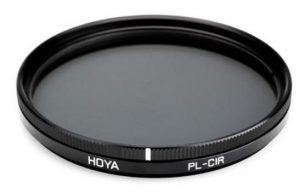 Polarising filters are a useful addition to your kit if you enjoy photographing landscapes. They reduce atmospheric haze and reduce reflected light, which can be helpful to your images in a number of ways:
Polarising filters are a useful addition to your kit if you enjoy photographing landscapes. They reduce atmospheric haze and reduce reflected light, which can be helpful to your images in a number of ways:
They give you more detail in the sky, revealing clouds and darkening the blue areas. In the images below you can clearly see the effect. These shots were taken within seconds of each other. They are SOOC – straight out of camera with no editing.
Here’s my final – edited – image with a slight crop to make the domes in the foreground balance and frame the towers of Canary Wharf in the background. I also cropped out the distracting man and small topiary thing. Finally I cloned out the dark shadow bottom right.
Polarising filters can really intensify the blue colour of the sky, as in this photograph of the Cutty Sark at Greenwich, taken at about 5.30pm as the sun was low in the sky.
To use the filter you screw it on to the front of the lens. You can screw it onto the daylight / UV filter that you may have in place already. Once the filter is screwed on you will notice that it can be rotated. As you turn it you should be able to see the colour of the sky change. For maximum effect the sun should be at 90 degrees to you i.e. to your left or right, but not behind or in front of you.
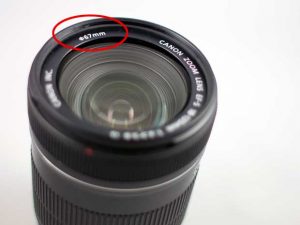 Be careful to buy the right size for your lens by looking for the diameter symbol on the front or side of the lens.
Be careful to buy the right size for your lens by looking for the diameter symbol on the front or side of the lens.
Because the polarising filter reduces reflections it is also great for shooting through water and in many situations where you are seeking to reduce glare and reflection.
One last point on photographing lovely blue skies and clearer skies in general.If you have any dirt on the sensor inside the camera this is where they will show up. Take a look at this shot also taken at Greenwich at sunset.
I’ve circled all the grey fuzzy blobs I could immediately see but I don’t doubt that there are more if I scrutinise it more carefully. They are relatively easy to remove in Photoshop and with other editing software using the healing or cloning tools, but they are a clear sign that my sensor needs cleaning. I’ll be taking it into a camera store to get it done for around £35. I know people who do it themselves but I wouldn’t recommend it, especially on a camera worth £1000!
This picture was taken using a big aperture – around f/5.6. If you shoot with a smaller aperture (wider depth of field) the grey blurry blobs become smaller, more defined and more noticeable grey dots and you will spot more of them too.

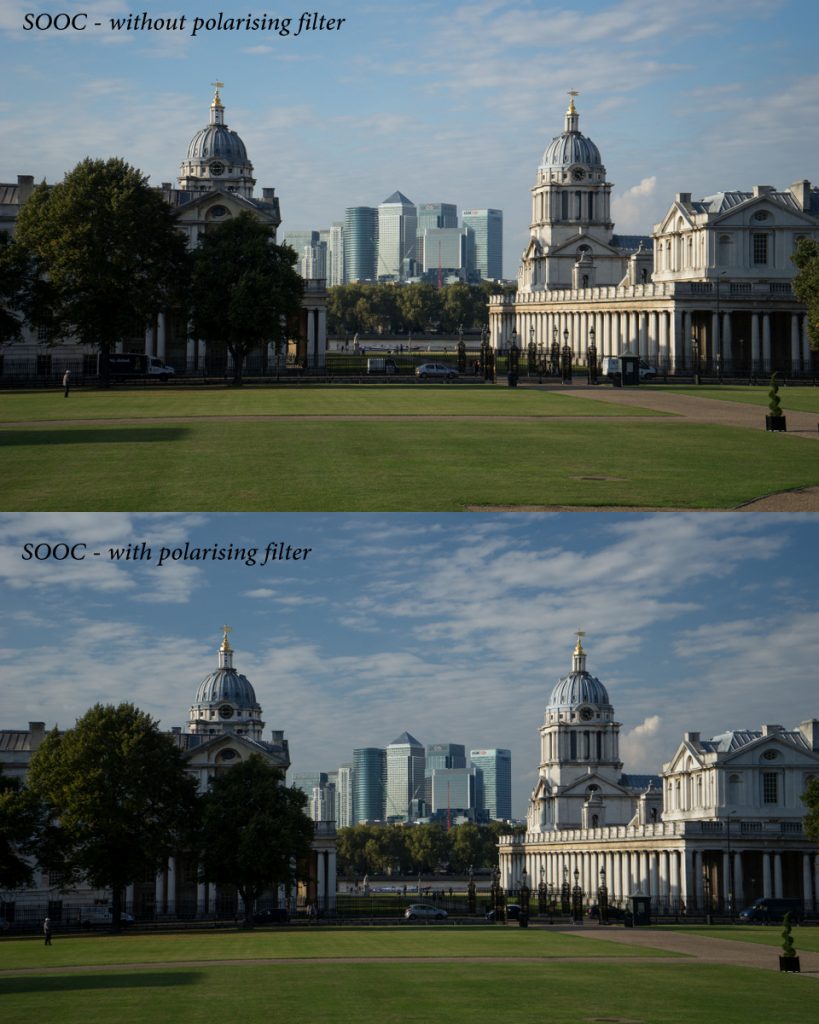
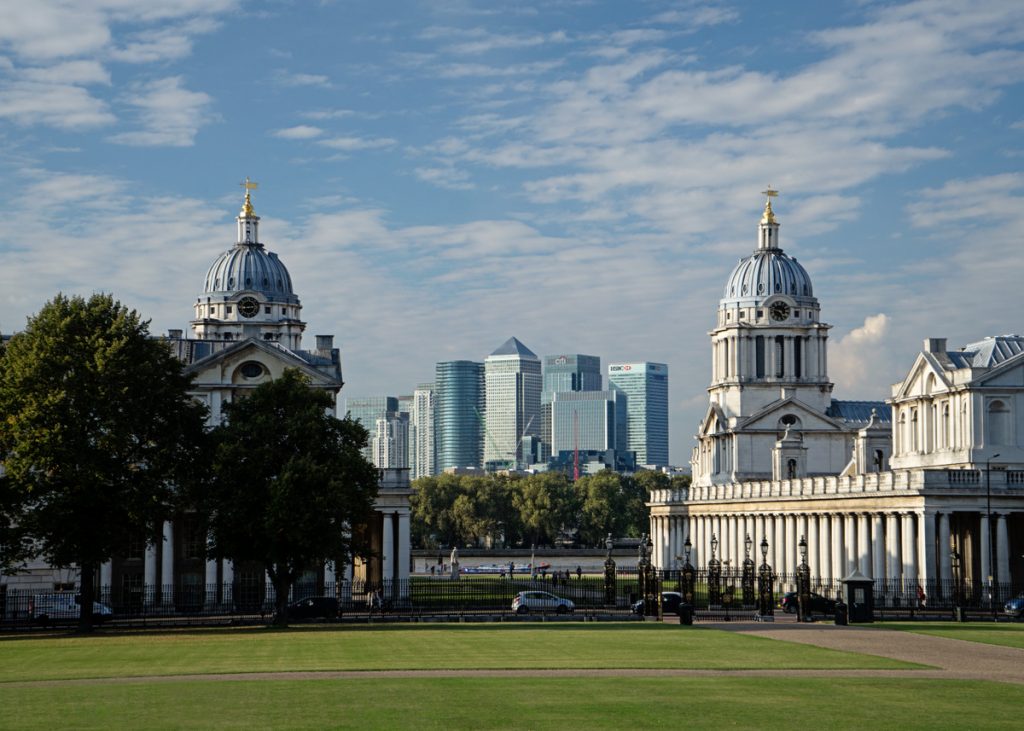

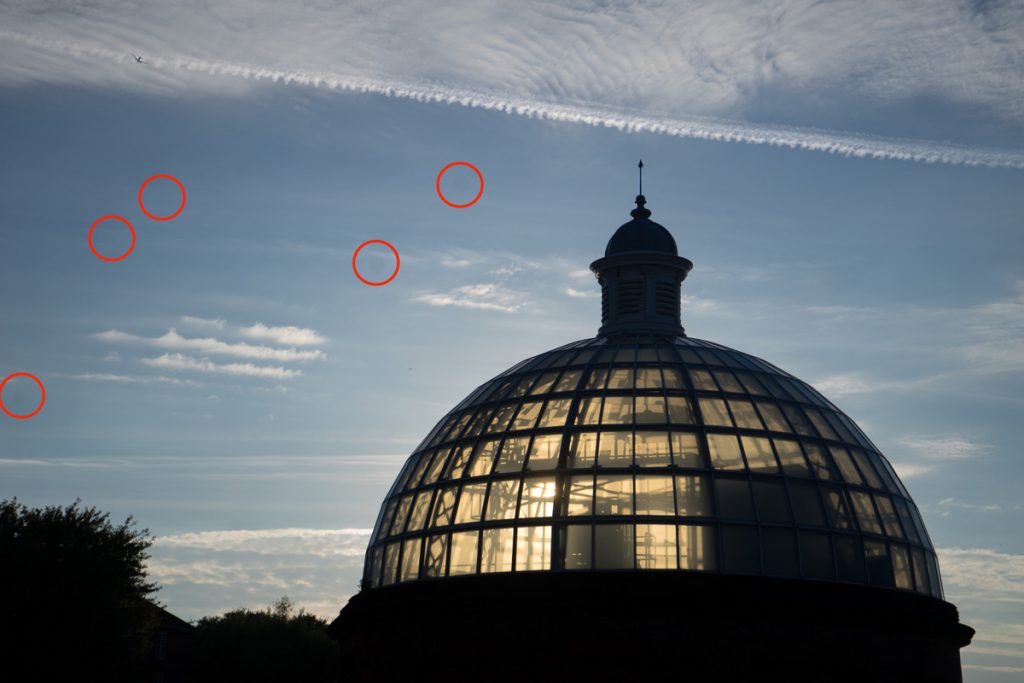

No comments yet.